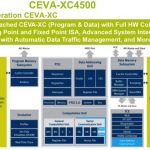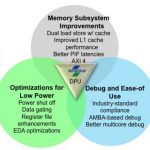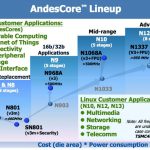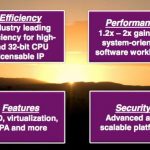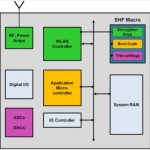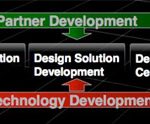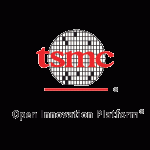Eyal Bergman of CEVA announced their latest core yesterday at the Linley Microprocessor Conference. It’s their 4th generation CEVA-XC solution, which is the core of their offering for wireless baseband. It builds on 3 previous generations of CEVA-XC’s that were mainly targeted toward handset applications. This… Read More
Tag: semiconductor ip
Putting the Ten in Tensilica
Chris Rowen of Cadence’s Tensilica announced the tenth generation of the Xtensa customizable processor at the Linley Microprocessor Conference yesterday. Chris was one of the founders of Tensilica…back in 1997. I believe that the first version was released in 1999. Over the years the Tensilica business changed.… Read More
Andes: the Biggest Microprocessor IP Company You’ve Never Hear Of
I wrote in April about Andes Technology, a microprocessor IP licensing company that even the person sitting next to me, a strategic marketing guy from Qualcomm had never heard of. So, OK, if you read that earlier article you had at least heard of them.
Part of the reason you haven’t heard of them is that they are in Taiwan (in Hsinchu)… Read More
Enter the Warrior
Since Imagination’s acquisition of MIPS at the end of last year, the MIPS product line has been given a new lease of life. There are two things driving this. The first is simply that with its new home, the MIPS architecture has a solid future whereas before it was uncertain. Secondly, Imagination moved their own general purpose… Read More
A Big Thank You to EDA and IP
Electronic Design Automation Software and Semiconductor Intellectual Property are not so much the tail that wags the dog, rather they are like the heart of an elephant, tiny in comparison but without which there is no elephant. There is no doubt that EDA and IP have been key enablers of the semiconductor industry for the past 50 years… Read More
Using OTP Memories To Keep SoC Power Down
Virtually all SoCs require one-time programmable (OTP) memory. Each SoC is different, of course, but two main uses are large memories for holding boot and programming code and small memories for holding encryption keys and trimming parameters, such as radio tuning information and so on.
There are alternatives to putting an OTP… Read More
A Brief History of TSMC’s OIP part 2
The existence of TSMC’s Open Innovation Platform (OIP) program further sped up disaggregation of the semiconductor supply chain. Partly, this was enabled by the existence of a healthy EDA industry and an increasingly healthy IP industry. As chip designs had grown more complex and entered the system-on-chip (SoC) era, the amount… Read More
TSMC’s 16FinFET and 3D IC Reference Flows
Today TSMC announced three reference flows that they have been working on along with various EDA vendors (and ARM and perhaps other IP suppliers). The three new flows are:
- 16FinFET Digital Reference Flow. Obviously this has full support for non-planar FinFET transistors including extraction, quantized pitch placement, low-vdd
Base Stations Move Away From Fixed Architecture DSP
Handsets moved away from fixed architecture DSP some time ago, driven by two main factors. Fixed architecture DSP consumed too much power to get good battery life in the smart-phone era, but the consumer air interface was changing fast: W-CDMA, HSPA, WiMax, 3G, LTE (which is actually a whole ‘spectrum’ of different… Read More
A Brief History of TSMC OIP
The history of TSMC and its Open Innovation Platform (OIP) is, like almost everything in semiconductors, driven by the economics of semiconductor manufacturing. Of course ICs started 50 years ago at Fairchild (very close to where Google is headquartered today, these things go in circles). The planarization approach, whereby… Read More


